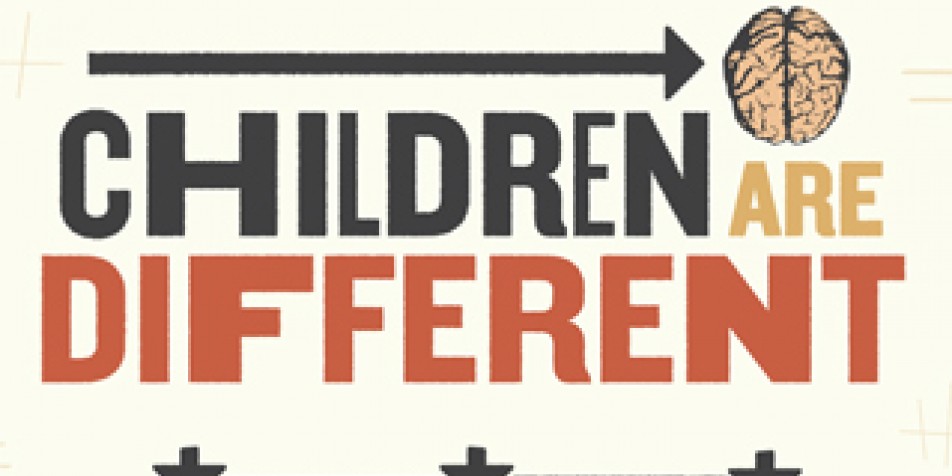First-Ever Trial Defense Guidelines for Youth Facing Life Sentences

The Campaign for the Fair Sentencing of Youth has released the first-ever trial defense guidelines for children facing life sentences, including life without parole. Juvenile Law Center was part of a national team of attorneys and advocates who collaborated on the guidelines, which are endorsed by numerous national organizations. The Guidelines aim to establish a new national standard for ensuring zealous, constitutionally effective representation for children facing life sentences.
|
To criminal defense lawyers everywhere: Keep these close. - Marsha Levick, Juvenile Law Center Deputy Director and Chief Counsel |
As we noted in our blog series on the 10th anniversary of Roper v. Simmons (2005), the U.S. Supreme Court has repeatedly recognized that kids are developmentally different from adults – an argument that has been consistently validated by rigorous scientific research on adolescent brain development.
Juvenile Law Center is the only advocacy organization in the U.S. to author amicus briefs in the four recent landmark Supreme Court decisions regarding juveniles in the criminal justice system [Roper, Graham v. Florida (2010), J.D.B v. State of North Carolina (2010), Miller v. Alabama (2012)]. In Miller, the most recent of the four decisions, the Court requires judges to factor in the defining characteristics of adolescence – which include age, maturity, history of abuse or neglect, and other relevant factors – when considering a life without parole sentence.
However, many courts, judges, and prosecutors still fail to account for these factors during sentencing hearings. Marsha Levick notes that the Trial Defense Guidelines "recognize that children need to be treated as children when facing a possible life in prison sentence. The Guidelines also will ensure a child receives a meaningful, individualized sentencing hearing.”
For more information and to read the guidelines, visit the Campaign for the Fair Sentencing of Youth website. Download a pdf of the guidelines here.
Image credit: Campaign for Fair Sentencing of Youth.
